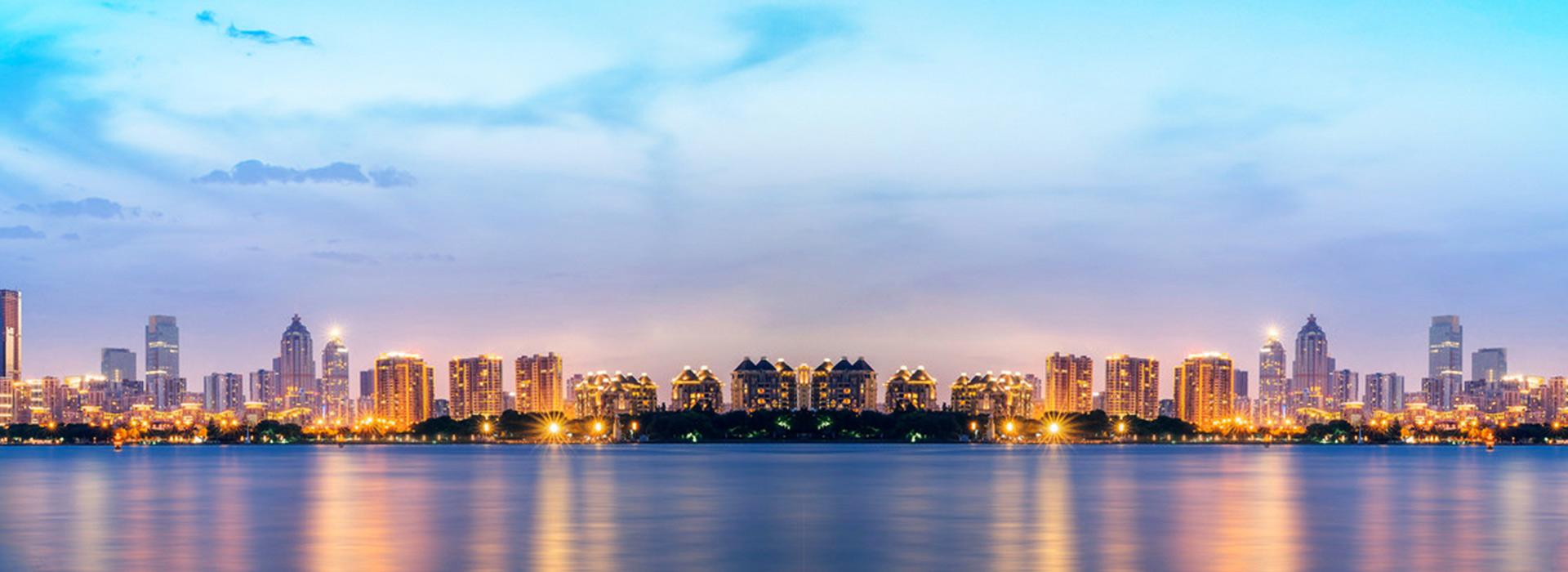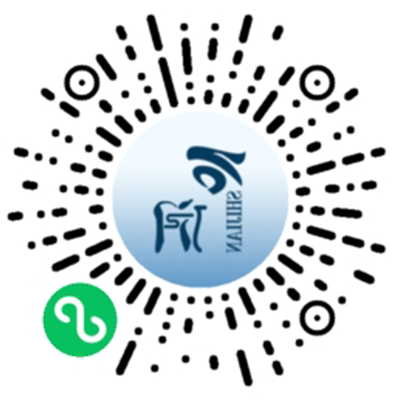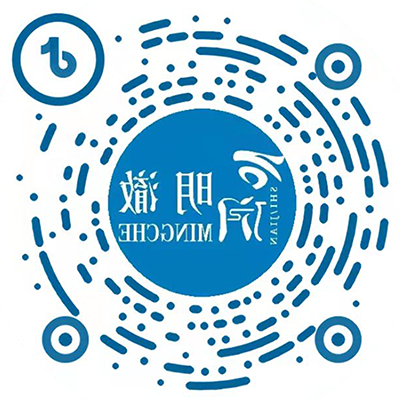Although the water quality in the South is good, the reverse osmosis water purifier is also indispensable!
Release Date: 2024-03-26 Views: 377
In general knowledge, the raw water in southern China, that is, the natural water source, is known for its low TDS value (total dissolved solids)。For example, the TDS value of tap water in Shenzhen is only 81mg/L, and even in some places, this value is as low as 10mg/L or even 5mg/L。
So, do you need a reverse osmosis water purifier in the South?
1. We need to be clear: the quality of water quality, safety and suitability for direct drinking is not determined by a single indicator of TDS。According to the GB5749-2022 standard, water quality assessment involves up to 152 indicators, including 97 basic indicators and 55 reference indicators。Only when these standards are fully met can the water be considered safe for direct drinking。
2. Is the raw water in the south really "too good"?未必!
3. Even if the tap water is qualified when it leaves the factory, it may not be qualified to your faucet。
Next, let's take a look at some concrete examples, which are all happening in the South:
Q1
Natural water pollution
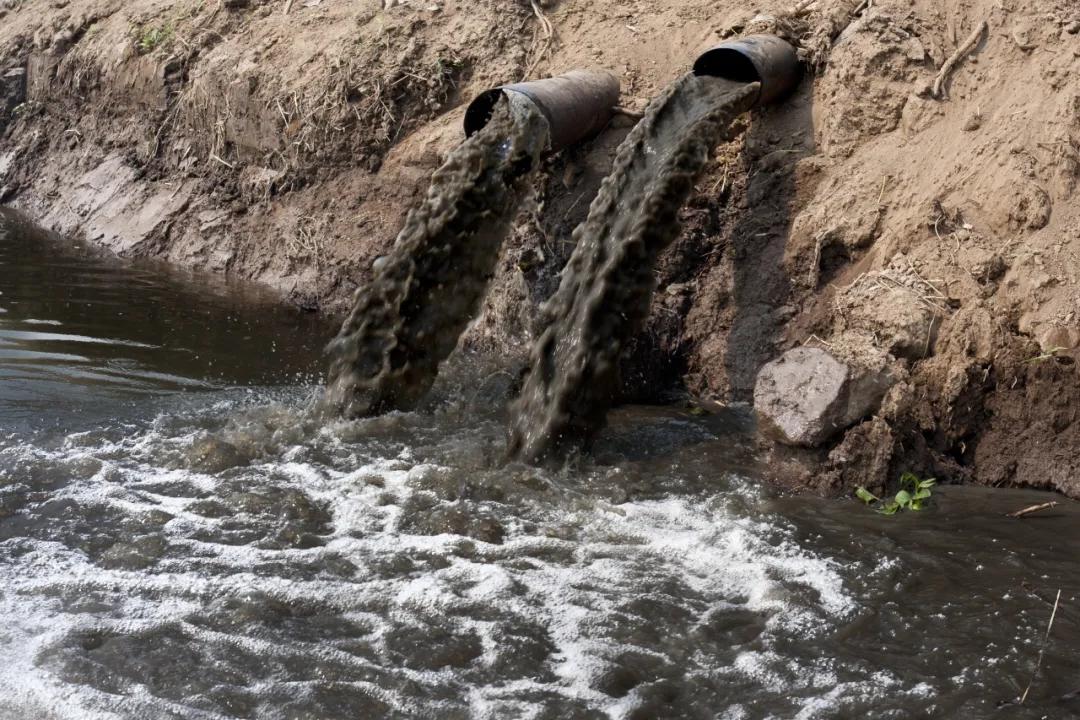
When talking about the groundwater problem in the Pearl River Delta region of Guangdong Province, we have to mention the famous Canadian hydrogeologist John A. Cherry. An important study by Professor Cherry。
As early as 2012, Professor Cherry, together with experts from Hong Kong and the Mainland, conducted in-depth sampling tests on groundwater in the PRD region。However, the results were shocking: they found extremely high levels of arsenic (arsenic trioxide) in groundwater samples from the area, 15 times more than the safe limit set by the World Health Organization。
Specifically, local groundwater contained 161 micrograms of arsenic per litre, while the WHO standard specifically requires no more than 10 micrograms per litre of water。It has been scientifically proven that drinking water with arsenic content of more than 50 micrograms per liter for a long time will have adverse effects on children's cognitive development。The serious pollution of groundwater undoubtedly poses a major threat to the health of local residents。
Q2
Pearl river delta salt tide
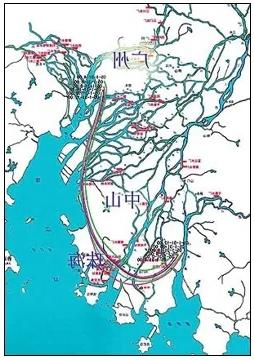
The backfilling of sea water due to tidal action gives rivers and tap water a salty taste。In this case, only reverse osmosis water purifiers can effectively remove salty substances from the water, and ultrafiltration and nanofiltration technology cannot achieve this effect。
Q3
Pesticide and fertilizer pollution

According to a report by Science and Technology Daily on March 26, 2018,Chen Chao Research Group, National Key Laboratory of Environmental Simulation and Pollution Control, School of Environment, Tsinghua University,The water quality of 155 sampling points in 44 cities and 23 provinces were investigated,Cover source water, factory water and tap water,A total of 164 water samples were collected。The results were shocking: all the water samples tested positive for a carcinogen, NDMA (nitrosodimethylamine), a byproduct of disinfection.。The report also compares international standards in detail。
As early as 1995, Tu Wensheng's team from Guangxi Cancer Research Institute detected NDMA in drinking water in an area with a high incidence of liver cancer, and all of them came from pond water。In addition, the Tsinghua University report pointed out that the detection rate of nitrosamine (NAs) in factory water and tap water in China is as high as 33% and 41%, which is 3 percent of the United States.And Western European countries have lower levels of nitrosamines in their drinking water than the United States。NAs has strong carcinogenicity and mutagenicity, and is closely related to a variety of cancers, and is classified as a class 2A carcinogen by the International Agency for Research on Cancer (IARC)。
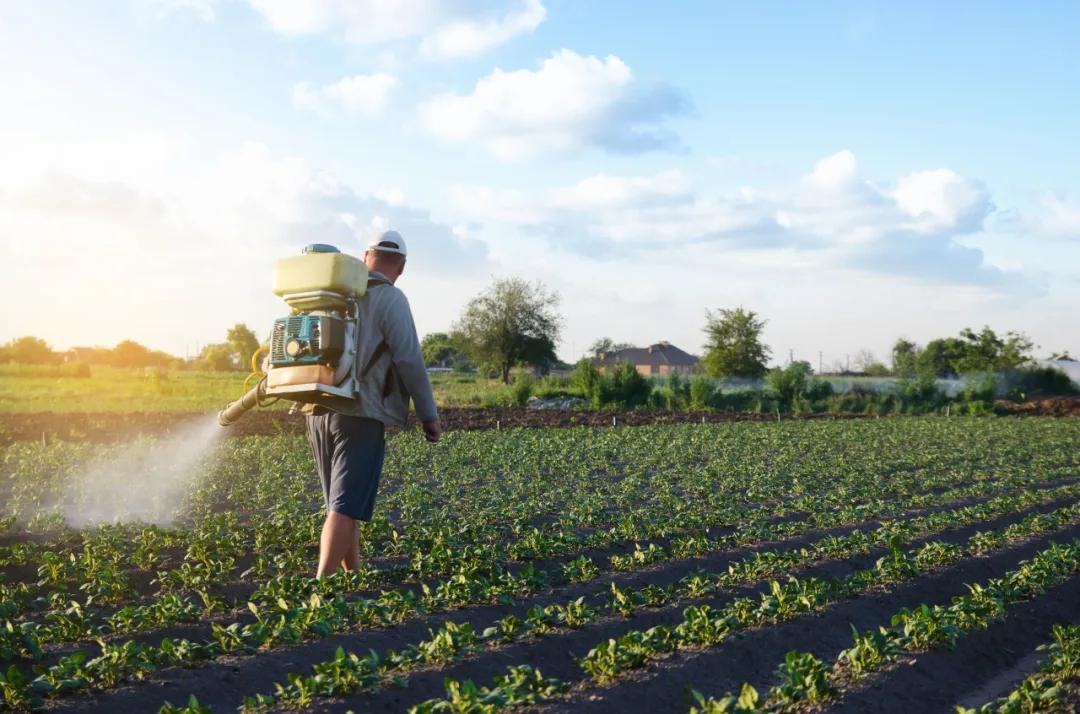
In 1996, Tang Jie and others from Changchun College of Geology also found that there were severely polluted NAs in pond water in Fusui County, Guangxi Province。At the same time, the report of Tsinghua University stressed that groundwater pollution in China is serious, especially in areas surrounded by farmland and industry, where pollutants such as ammonia nitrogen and nitrite are prevalent, which is easy to cause nitrosamination reactions and generate NDMA and NAs。
Fertilizers and pesticides widely used in agriculture, as well as the NDMA and NAs generated from them, will enter the tap water system with natural water sources, and long-term drinking poses a major threat to human health。Due to the excessive use of agricultural fertilizers and pesticides in China, the content of "three nitrogen" in natural water bodies is too high, and then the NDMA content in tap water is too high, increasing the risk of cancer in residents。
For these pollutants, traditional water purification processes and ordinary water purifiers are difficult to effectively remove。In order to ensure the safety of drinking water, reverse osmosis water purifiers must be installed in the home。In the face of severe water quality problems, this is a necessary measure that every family should take!
Q4
The shadow of industrial pollution
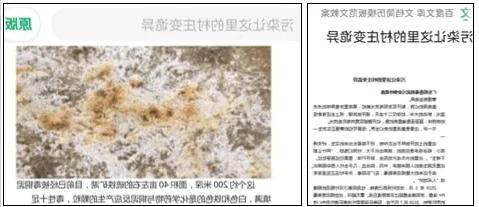
In 2020, the drinking water source of Hunan Xinhua was shut down due to excessive antimony, and the river water was stained yellow by treatment agents, and the source pollution was still unknown。This heavy metal pollution not only threatens the drinking water safety of the 200,000 local residents, but also can cause serious health problems, such as panic, heart palpitations and even life-threatening。
Since 2012, tens of thousands of tons of dangerous copper scrap have been secretly buried in several villages in Yangchun, Guangdong province。In the following years, the villagers suffered from stroke hemiplegia, liver cancer, gastrointestinal cancer and other serious diseases, and the quality of life was greatly reduced。After testing, the heavy metals in these copper mud seriously exceeded the standard, and the surrounding water and soil were seriously polluted, and the healthy life of residents was in danger。
Q5
Water supply emergencies occur frequently

Water pollution (nitrite) in Baishui Village, Guangzhou: On March 2, 2008, 41 villagers in Baisha Village, Zhongluotan Town, Baiyun District, Guangzhou, showed symptoms of poisoning such as vomiting and chest distress after eating。The investigation revealed that improper disposal by a small private factory had led to nitrite contamination of Wells, which in turn contaminated tap water。
Longchuan water pollution (phenol) in Heyuan City: On June 30, 2012, a tank truck rear-ended a large truck in Hengdu section of Meihe Expressway in Tuo Town, Longchuan County, Heyuan City, Guangdong Province, resulting in a tank truck loaded with 29.5 tons of liquid phenol is 9.5 tons leaked and flowed into the Dongjiang River, causing water pollution and dead fish。
Shenzhen Longgang water pollution (nitrite) : On September 16, 2018, the emergency room of the Third People's Hospital of Longgang District, Shenzhen, welcomed 20 unexpected patients。After an emergency diagnosis at the hospital, the incident was confirmed as food poisoning caused by nitrite。On September 19, Henggang Street issued a notice saying that the water storage water pipe of the air conditioning cooling tower of Zhijian Square was damaged, and the cooling water entered the municipal water supply pipe of the shops, resulting in excessive nitrite in the water, and the poisoning of consumers after eating food made of contaminated water。
Under the action of stomach acid, nitrite combines with protein decomposition products in food to form nitrosamines with strong carcinogenic effect, which seriously threatens human health。It is worth noting that ultrafiltration membranes and nanofiltration membranes cannot remove nitrite ions, and only reverse osmosis membranes can effectively intercept them。
In the face of frequent drinking water pollution incidents, how do we ensure the safety of drinking water?
The answer is to install reverse osmosis water purifiers。It can effectively remove various harmful substances in water, including heavy metals, pesticide residues, nitrites, etc., so as to ensure the safety of our drinking water。
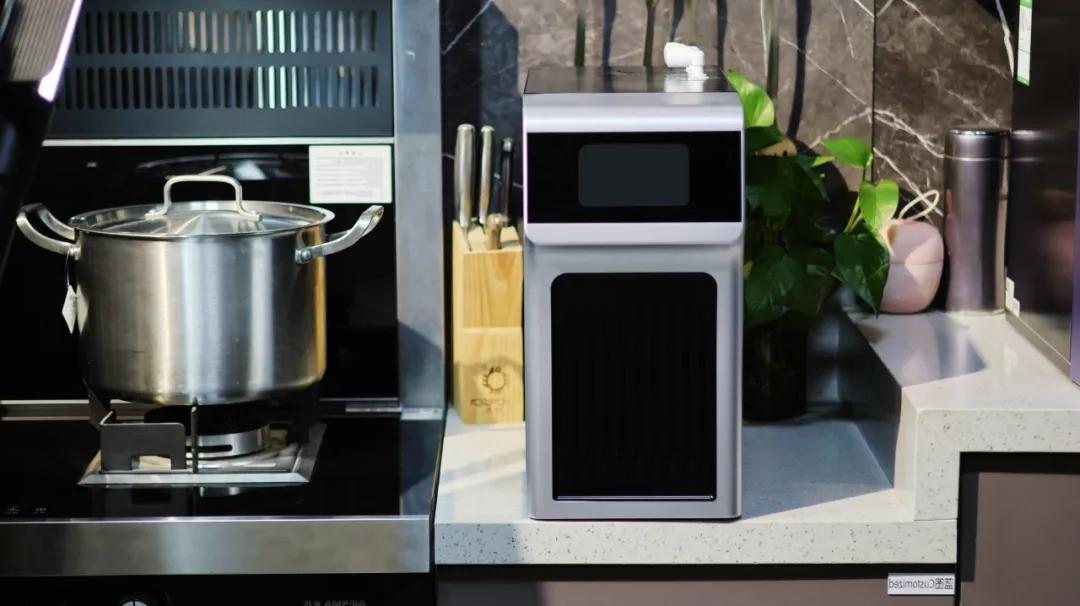
Some people may say that water pollution and water supply emergencies are small probability events after all, and there is no need to worry too much。However, when we think more deeply, we find that this view may be too optimistic。
Imagine buying a ticket that includes "Carrier passenger liability insurance" every time we fly。This type of insurance is insured by the airline and is intended to be paid out by the insurance company in the event of an accident。Not only in the field of aviation, but also in railway, road and even urban taxi transport, there is a similar compulsory insurance system。Although the probability of air accidents is relatively low, compared with it, the probability of water pollution accidents and resulting water supply quality emergencies is much higher。

According to an article published in the September 2017 issue of the Journal of Ecology and Rural Environment, a total of 5,341 water pollution accidents occurred in China between 2001 and 2007, accounting for 54 of the environmental pollution incidents in the same period.7%。Between 2006 and 2012, 65 major water pollution incidents were reported。These sudden pollution accidents mainly come from the illegal discharge of pollutants by enterprises, followed by factory accidents, human factors and natural conditions。It can be seen that the probability of water pollution accidents is much higher than that of air accidents, and the emergencies caused by unqualified water supply quality are also common。
So how do we make sure our drinking water is safe?
The answer is to install a water purifier in your own home!Buy an "insurance" for drinking water safety for yourself and your family!Water purifier is the insurance for drinking water safety!To ensure the effectiveness of this insurance, you must choose a reverse osmosis water purifier!
Q6
Contamination of the roof water tank

Most of the roof water tanks of residential buildings use reinforced concrete structure, the inner wall is rough and easy to attach dirt and breed moss;At the same time, due to poor sealing, external pollutants such as dust and insects are easy to enter the water tank and pollute the water quality。Some water tanks do not have a lid or the lid is damaged over time, leading to small animals such as mice and birds entering the tank, further polluting the water quality。In the southern region, due to high temperature and high water temperature, it is easier for bacteria, algae, protozoa and so on to breed in the water。These pollutants not only affect water quality, but may also cause harm to human health。
Guangdong TV Station "Today's concern" column has reported a roof water tank pollution incident。In a community in Shenzhen, Guangdong province, a large number of red floating objects appeared in the water supply tank。After identification, these red suspended substances are iron-rich substances with turbidity more than 20 times exceeding the standard。This incident once again reminds us that even if the tap water is qualified at the factory, it is likely to be affected by various factors in the process of being transported to thousands of households, resulting in a decline in water quality。
To sum up, we can draw the following conclusions:
1. Water quality is not only one index of TDS, to fully meet all 152 indicators of GB5749-2022 standard, water quality is safe;
2. The raw water in the south is not all "too good", and there are serious natural and man-made pollution problems in some areas.
3. Water pollution, such as chemical substances such as fertilizers, pesticides, residual chlorine and disinfection byproducts, is a universal phenomenon, regardless of north and south;
4. Even if the tap water is qualified at the factory, it may be subject to secondary contamination during transportation。
Faced with such a serious environment of water pollution, people are increasingly demanding healthy drinking water。
So, how to achieve this wish?
The answer is to use reverse osmosis water purifiers。Only reverse osmosis water purifier can effectively remove chemical fertilizers, pesticides, heavy metals, residual chlorine, disinfection byproducts, antibiotics and other chemical pollutants in water to achieve the ideal purification effect and ensure human health。
Therefore, whether it is the south or the north, whether it is the quality of raw water, the use of reverse osmosis water purifier is the best choice to ensure the safety of drinking water。
Water safety, your health, the choice is yours!

